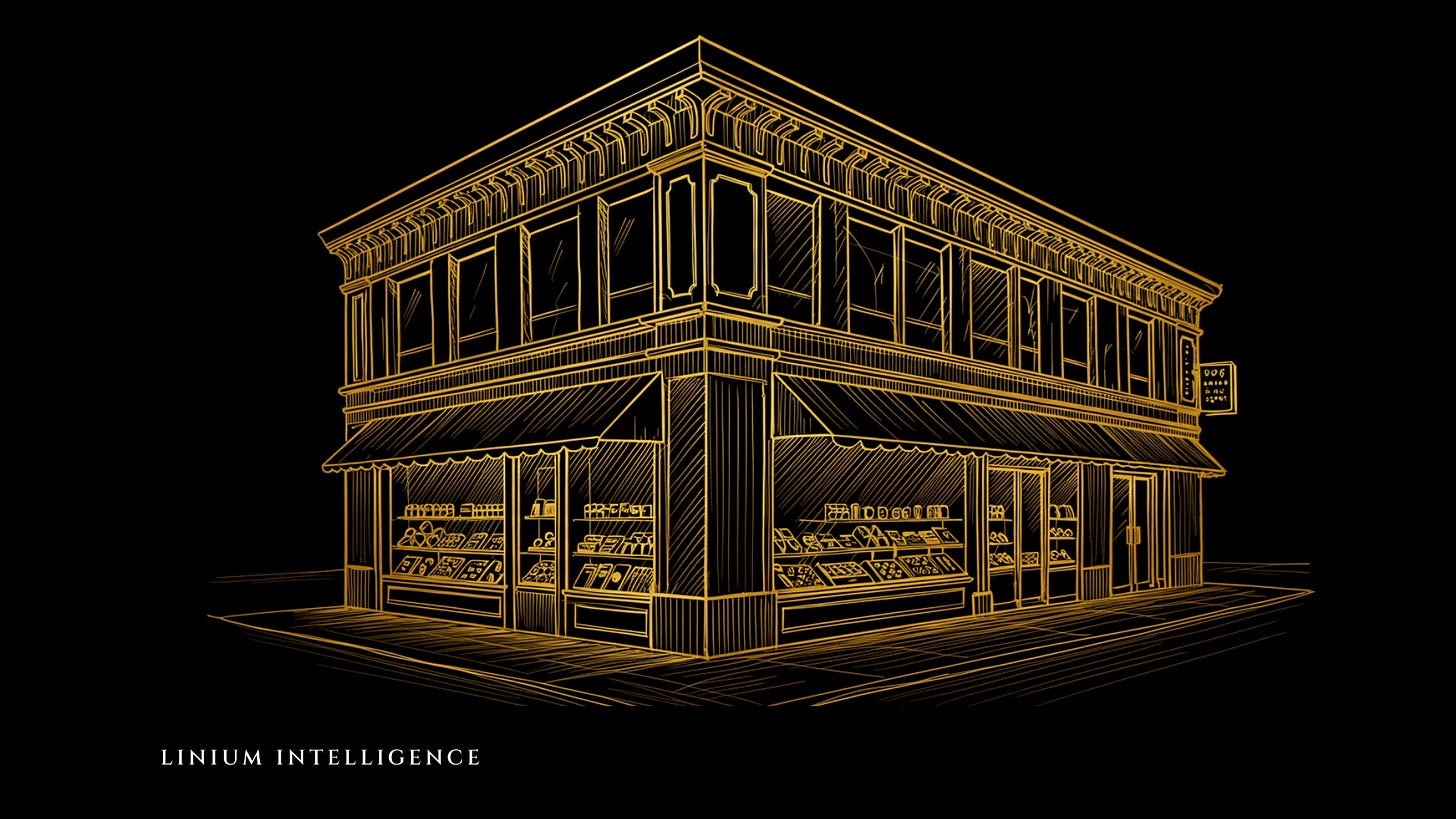Global Chocolate Retail: Strategic Insights From Recent Store Openings
The DTC premium chocolate space is entering an expansionary phase, characterized by experiential retail formats, airport diversification, and strong regional plays in Asia-Pacific and Europe. A review of recent store openings across leading chocolate brands—spanning Läderach, Lindt, Hotel Chocolat, Beryl’s, and others—reveals clear strategic patterns shaping the next era of global confectionery retail.
Europe And Asia-Pacific Show Notable Growth
Among the biggest recent expansions, Hotel Chocolat opened at least six new locations across the UK, while Lindt continued its European growth with new stores in the UK and New Zealand. Lakrids by Bülow expanded in Germany and Austria. In Asia-Pacific, brands are also establishing a footprint: Beryl’s in Malaysia, Manam Chocolate in India, RR Chocolate in Indonesia, Läderach in Thailand and Japan, and Mr. Bucket Chocolaterie in Singapore.
Switzerland’s Läderach Stands Out In Global Store Footprint Expansion
Few brands are scaling physical retail as aggressively as Läderach. Within a year, the company debuted in new markets including Japan (three stores in one week), Egypt, Turkey, Hong Kong, and Canada, while expanding across the U.S., UK, and Germany. The brand’s strategic focus on flagship openings in transport hubs like London’s St. Pancras and Manchester’s Trafford Centre shows how it’s using high-footfall environments to anchor awareness in key luxury markets.
Experiential Retail Is Becoming Standard
Brands are emphasizing experiential spaces. Bissinger’s Handcrafted Chocolatier announced a café concept in St. Louis with on-site baking, private tastings, and event space—its largest site to date. Similarly, Creo Chocolate’s new Portland location blends production and customer interaction via a “chocolate lab and tasting space.” This shift reflects a growing emphasis on storytelling and immersion to drive emotional engagement and justify premium pricing.
Airport And Travel Retail Gains Momentum
Chocolatiers are targeting travel corridors as prime growth channels. Beryl’s entered Malaysia’s Sultan Abdul Aziz Shah Airport; RR Chocolate opened at Indonesia’s Kualanamu Airport; and Mr. Bucket joined Singapore’s Changi Airport among other examples. The convergence of gifting behavior and high traveler turnover is transforming airports into a new battleground for premium chocolate retail.
Premium Local Brands Rise In Developing Markets
In Indonesia, Falala Chocolate and RR Chocolate expanded in Bali and Jakarta respectively, showcasing local brands’ growing sophistication and storytelling prowess. India’s Manam Chocolate, which opened in Delhi, exemplifies a new generation of domestic craft chocolatiers presenting origin-driven narratives on par with global competitors.
European Brands Remain A Driving Force In Premium Chocolate
European chocolate brands continue to shape the global retail landscape, standing out for their strategic international store expansion. Lindt has expanded beyond Europe with its flagship in London and first stores in New Zealand, signaling measured global growth. Hotel Chocolat reinforced its UK presence with six new stores ahead of the holiday season while maintaining physical locations as central brand touchpoints amid e-commerce growth. Confiserie Sprüngli continues to showcase Swiss chocolate craftsmanship through new store openings, such as its location in Zermatt. Läderach has made particularly high-profile moves, opening stores in Germany, the UK, Japan, Hong Kong, Canada, and the U.S., including flagship locations at London’s St. Pancras and Manchester’s Trafford Centre. In North America, Bissinger’s Handcrafted Chocolatier has launched multiple luxury boutiques, combining heritage recipes with immersive retail experiences.
Conclusion
Chocolate retail is undergoing a transformation that mirrors broader luxury trends: localization, experience, and storytelling are now as critical as product quality. While heritage brands like Lindt and Läderach expand their global footprints, independent players from Indonesia to India are redefining what premium means in their own markets. The result is a rich, competitive landscape—one where indulgence, identity, and innovation intersect in every square meter of retail space.

